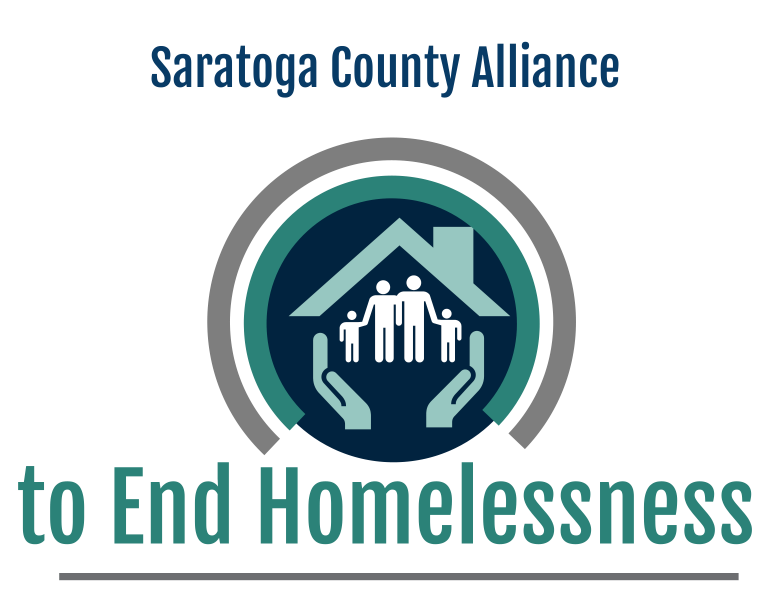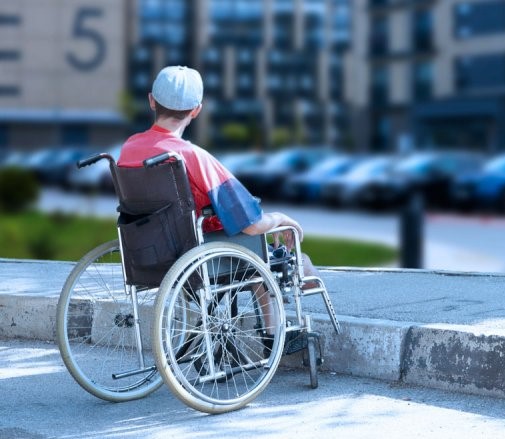
The Saratoga County Alliance to End Homelessness contributed this article that was posted in the Saratoga Today, Homelessness and Individuals With Disabilities: Independent Living Centers & Their Role in Defeating Homelessness

Over 40% of the homeless adult population nationwide is a person with a disability. Of that percentage, a majority live at or below the poverty line. On any given day in Saratoga County you may encounter a homeless individual or family. Sometimes the homelessness is obvious, other times it is not. The same can be said for individuals with disabilities. A disability may be easily observed, other times it is hidden. Regardless, one is no less important than the other.
For some homeless individuals, a disability can be a barrier to safe and affordable housing. A physical disability can prevent someone from seeking housing simply because they cannot obtain accessible transportation to view an apartment. For others, it’s the inability to obtain a reasonable accommodation to modify an existing unit and make it suitable for their needs. A mental, emotional, or learning disability may cause similar overwhelming feelings. A person’s inability to navigate complex paperwork due to a disabling condition often results in frustration, and the end result is often a feeling of defeat and the person giving up. Either way, to the person living with a disability, seeking independence can feel like climbing a mountain with a hundred pound weight on their back.
Since the passage of the Americans with Disabilities Act (ADA) in 1990, Independent Living Centers (ILCs) have been the leading voice for the disability rights movement. ILCs support fully integrated community living and independence for people of all ages and disabilities. And while 30 years seems like a long time to affect change, advocates will tell you there is still a long way to go. People with disabling conditions still lag behind in every major category of integrated living including but not limited to employment, income and housing. ILCs work to improve this through advocacy, supportive community transition services, peer counseling, independent living skills training, adaptive equipment and more.
Prior to the ADA and the work of supportive community agencies that followed, it was not uncommon for people with disabilities to be institutionalized, live with family members, or live on the street with no hope or opportunity to live independently in the community. Today, it is becoming more commonplace that an individual with a disability is offered, or can achieve safe and or supportive housing in any community. Advocacy helped change that. Through legislation, advocates have changed the way disabled individuals who may be experiencing homelessness are treated. The United States Supreme Court Olmstead Decision of 1999 paved the way for individuals with disabilities to “receive services in the most integrated setting appropriate to their needs.‚ So what does that mean exactly? It means all disabled individuals have a right to live lives of inclusion where people work, play, travel, and engage in a community setting. How do they achieve this? Through ongoing advocacy for affordable and accessible inventory of housing in a region. And while housing first is a great start, it is through a partnership of self-direction and connected community supports, where an individual with any disability is able to truly succeed as an integrated member of the community.
Independent living is a movement, and Saratoga County is constantly moving. We are fortunate to have numerous community stakeholders interested in assisting people with disabilities overcome barriers. Through a person centered and housing first approach, these same local agencies assist individuals with completing essential paperwork necessary for income and benefits resources and navigating complicated and confusing leasing documents. Goals are defined by the individual, and through a true collaborative effort, the end goal when achieved is housing. Sounds easy right? But what happens then? Is success simply housing someone? Sometimes, but for an individual with a disability, often it isn’t enough. It is however the first step, and an essential step to ending homelessness.
Once housed, doors open for people. There are increased options for social engagement, education and employment for all. Individuals with disabilities face additional daily living challenges, and when not addressed lead to frustration and feelings of defeat. It is through continual community support that people of all abilities thrive at home, and that is certainly true for individuals living with disabilities. It still takes a village. It takes commitment, and it takes time. It is a true investment in the individual and in the community and the outcome is often mutually beneficial.
Learn more at The Saratoga County Alliance to End Homelessness Website.
RISE is proud to be a participating agency in the Saratoga County Alliance to End Homelessness.
